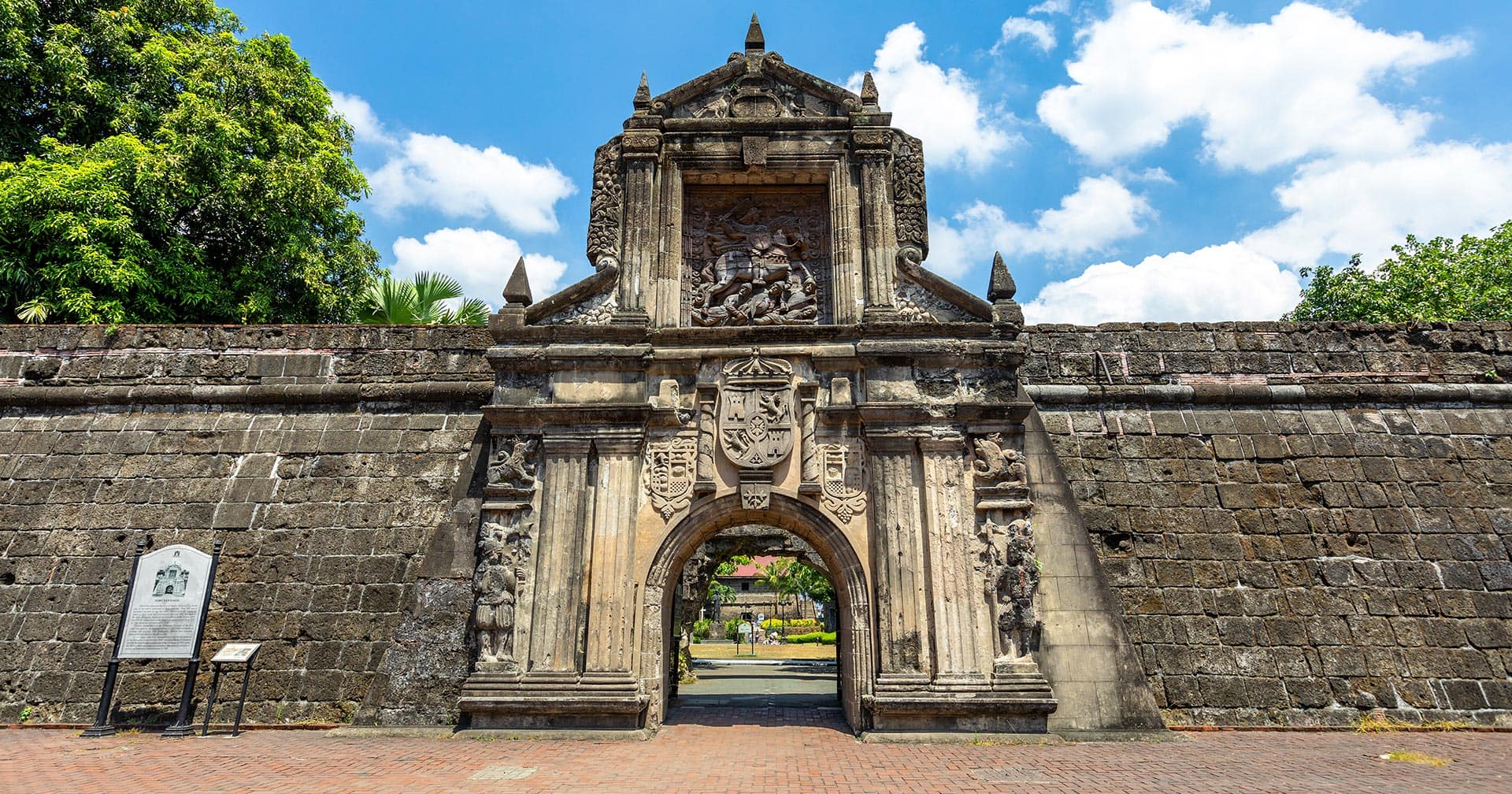
Adicionado aos favoritos!

Adicionado aos favoritos!
Charms Of Old Manila
Manila, Filipinas
Duração de 3 3/4 h
- Adultos a partir de: R$ 496,49
- Crianças a partir de: R$ 496,49

| De | Mensagem | Reserva n° | Data | |
|---|---|---|---|---|
| Centro de comunicações da Norwegian | Centro de comunicações da Norwegian Não perca sua reserva! | 25422881 | abr. 1, 2014 | |
| Centro de comunicações da Norwegian | Centro de comunicações da Norwegian Reserve já o seu restaurante | 25422881 | abr. 1, 2014 | |
| Centro de comunicações da Norwegian | Centro de comunicações da Norwegian Não perca sua reserva! | 25422881 | abr. 1, 2014 | |
| Centro de comunicações da Norwegian | Centro de comunicações da Norwegian Não perca sua reserva! | 25422881 | abr. 1, 2014 |
*Termos e Condições
Pacote não disponível em viagens de menos de 5 dias ou viagens charter.

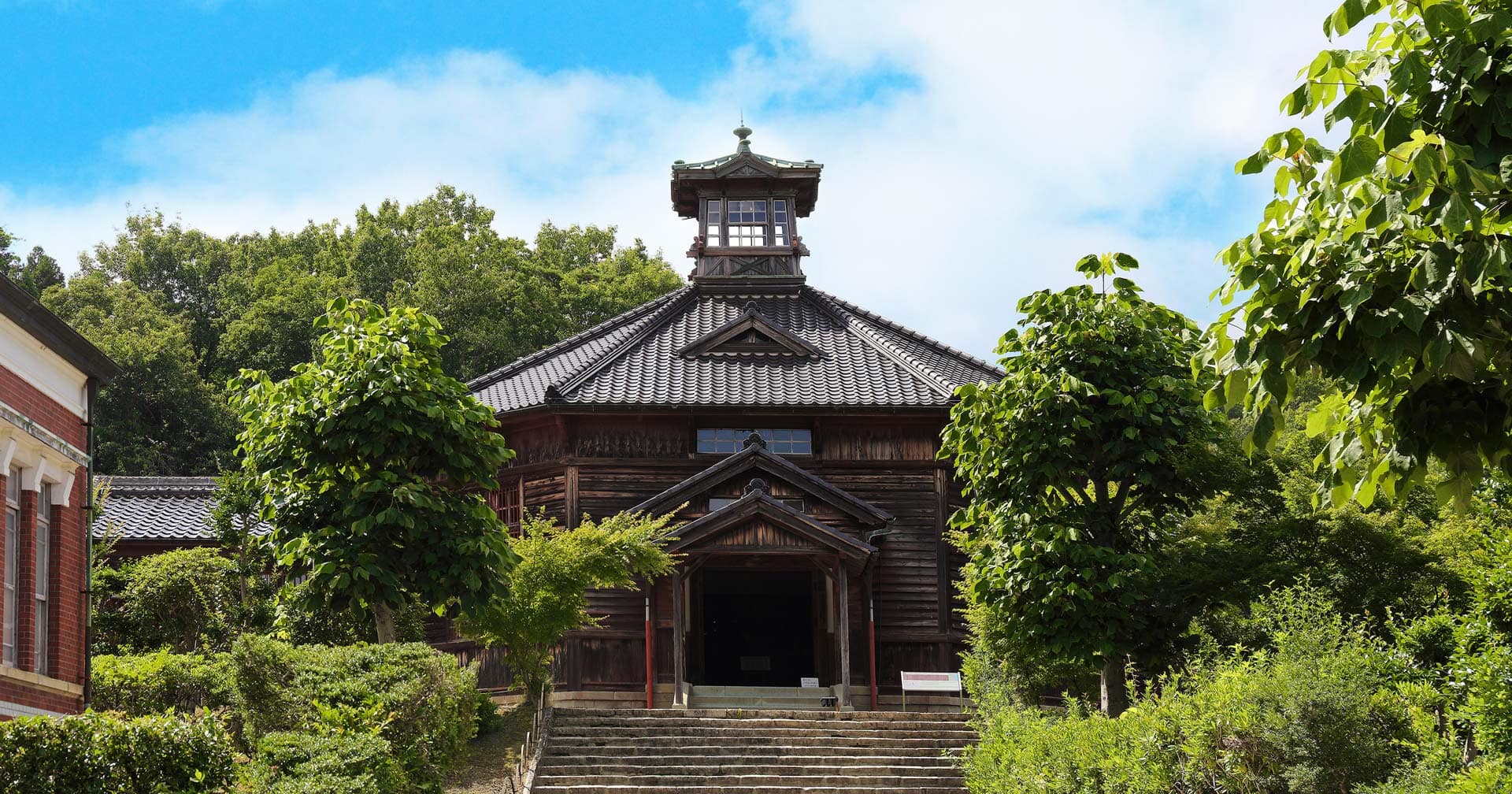
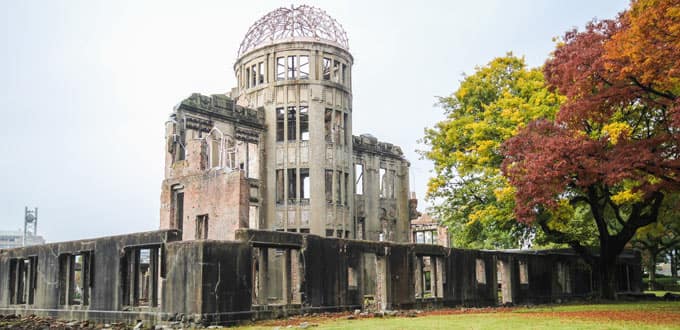
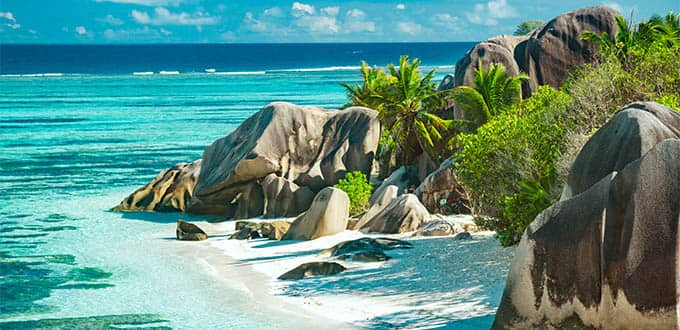
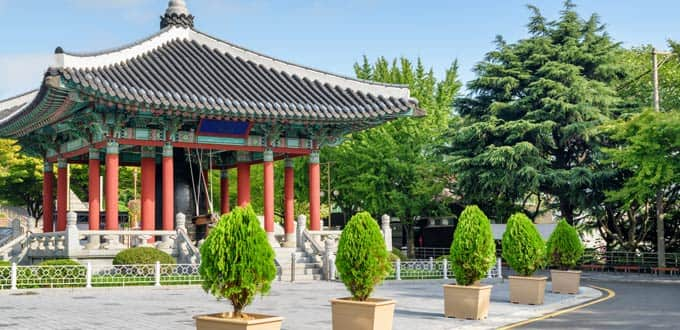


Duração de 3 3/4 h
Manila's tumultuous past comes alive on this exploration of its most historic sites, many of them contained within Intramuros, the city's original 16th-century district. Depart from the pier by coach and arrive in Intramuros, the city's oldest district, which is enclosed within a thick wall that the Spanish built for defense in the 1500s. Here, you'll tour notorious Fort Santiago, where prisoners were held and tortured throughout the history of Manila. You may even see the symbolic bronzed footsteps of Dr. Jose Rizal, a national hero who was imprisoned in the fortress before walking to his execution, the penalty for his inflammatory, anti-colonial writings. Then, after some free time to shop for souvenirs, you'll travel to serene Rizal Park, whose focal point is the Rizal Monument which was built in honor of the country's national hero, Dr. Jose Rizal. After a photo stop you'll continue on to view the Manila Hotel, a luxurious Philippine landmark that opened in 1912. General Douglas MacArthur used the hotel as his command post during much of World War II. After viewing these most notable landmarks of old Manila, you'll return to the pier where your tour concludes.

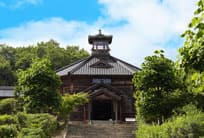
Duração de 6 1/2 h
Delve into the history of the surrounding Aichi Prefecture by browsing an open-air museum and a 16th-century castle that is remarkably intact. Dozens of buildings from the Meiji Period have been carefully reconstructed at the Meijimura museum, and you will easily recognize the Western influence in the architecture. This short period in Japanese history ended in 1912 and marked the end of samurai rule and the beginning of Japan’s modernization.
The nearby Inuyama Castle is even more impressive architecturally as it is one of the few castles in Japan that survived wars and natural disasters without being severely damaged. As you meander through this official national treasure, you will see artifacts relating to the Naruse family that once owned the castle. The armory of samurai weapons and the hidden doors for the guards are of particular note, as they shed light on the fact that the castle was under constant threat of attack.

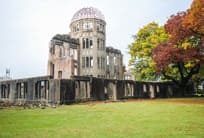
Duração: 4 h
View the landmarks of Hiroshima, some commemorating the atomic bomb blast here in 1945 and others reflecting the city’s celebration of peace. At the poignant Hiroshima Peace Memorial Park, you will behold the ruins of some of the few concrete buildings left after the atomic bomb was dropped. One of them, the Atomic Bomb Dome, has been declared a UNESCO World Heritage site and has become a symbol of Hiroshima. You will also browse the Peace Memorial Museum whose exhibits show Hiroshima before and after the bombing and personal artifacts from the victims that humanize the devastating event. The museum encourages visitors to make a vow for universal peace. While the mood there is somber, serenity is the overarching theme at Shukkei-en Garden. Besides being a wonderful respite from the hubbub of the city, the garden is a visual delight, as plants are always in bloom. Although the atomic bomb destroyed the garden, it has been fully restored.

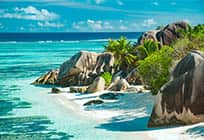
Duração de 3 1/2 h
Experience the Old World beauty and charm of the Seychelles during an orientation tour of picturesque La Digue. Enjoy a scenic drive to L’Union Estate, where you’ll gain insight into La Digue’s history at the estate’s old Creole house and coconut factory, and delight in daily life characterized by a decidedly relaxed pace punctuated by bicycles. Continue to La Digue’s beaches, considered to be among the world’s finest, including nearby Anse Source D’Argent, which has been called a bather’s and photographer’s dream. You’ll thrill to the soft white sands and dramatic granite boulders that have long enchanted visitors to the island. Keep a sharp lookout for the resident avian wonders, as you might catch sight of a Seychelles paradise flycatcher, a rare bird endemic to these islands that sports glossy black plumage with elongated tail feathers.
menos

Duração de 3 3/4 h
Renowned for its trendy cosmopolitan ambience and maritime activities, Busan is a great place to immerse yourself in the culture of South Korea. Enjoy a glimpse of this with visits to the local Culture Center for a beautiful performance. Drive to the Cultural Center to experience the art and beauty of the Korean traditional dance. This unique performance is one of the main attractions of Korea. Traditional Korean music and dance are sophisticated forms that embrace the interplay of hung and mot-form and spirit. The performance includes a selection of regional dances featuring dancers in traditional costume. Visit Yongdusan Park, a favorite relaxation place for the citizens of Busan and a wonderful back-drop for many photo opportunities. Here, you can find 70 different species of trees and view the Busan Tower. The tower was built in 1973 and stands close to 400 feet above the Busan landscape. Travel to the Jagalchi Fish Market which is famous throughout the country and is a great representation of Busan. The Jagalchi Fish Market is Korea's largest seafood market and is where you can see the lifestyle of the indigenous Busan natives. After the Korean War, the market solidified itself as a fish market. Most of the people who sell fish are Jagalchi Ajumma; 'ajumma' meaning middle-aged or married women. At the conclusion of your tour, if time permits you will have the option of exploring the downtown area on your own or returning straight to the pier.
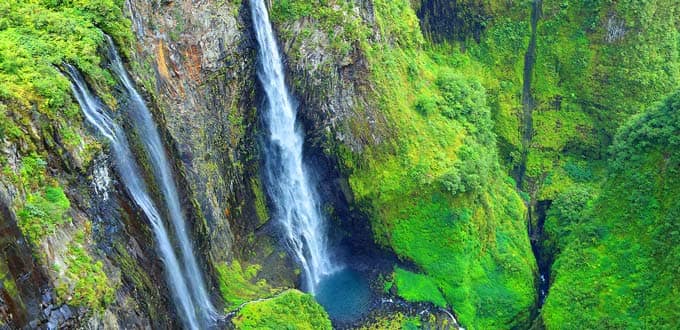
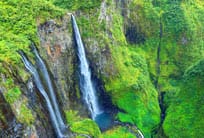
Duração: 8 h
Visit a vanilla plantation and explore a stunning cirque on this fascinating tour that includes lunch and free time for shopping. Take a picturesque drive to Saint-Denis, the economic and political center of Réunion Island, and notice eye-catching colonial mansions and buildings that date back to the time of the East India Trading Company during the 18th century.
Driving through the Sainte-Marie region, you’ll view sugar cane fields, lush greenery and, further east, vibrantly hued Indian temples. At a fragrant vanilla plantation, relish a guided tour and informative demonstration of how the plant’s aromatic oil is produced. Continuing to the Cirque of Salazie, thrill to a route through the natural amphitheater that passes countless cascading waterfalls, verdant gardens and colorful flowers while you ascend to approximately 3,300 feet. You’ll capture amazing photos during a stop at Bridal Veil Falls, then enter the town of Hell-Bourg, named for a respected former admiral and island governor.
Take a walking tour past the village’s enchanting Creole houses and enjoy time on your own to shop before savoring a traditional lunch, a wonderful conclusion to your delightful exploration.
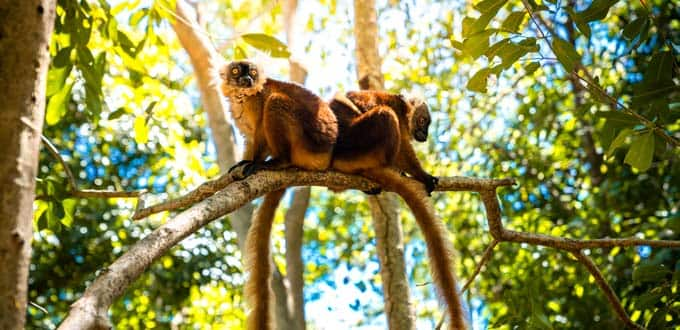
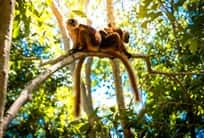
Duração de 3 3/4 h
Enjoy meeting the locals and being entertained by whimsical lemurs on this delightful tour to nearby Nosy Komba.
Board your local boat from the ship's gangway and cruise across the east coast of Nosy Be to Nosy Komba, passing the verdant Lokobe evergreen forest along the way. Reaching the fishing village of Ampangoriana, you will tender ashore (please note it is a "wet" landing) and then have a bit of time to mingle with the locals and browse for souvenirs. Approximately 500 yards from the village is the Black Lemur Sanctuary, home to Madagascar's most famous residents, the black lemurs. During your visit, you will have the opportunity to observe these lively creatures as they leap from tree to tree. The black lemurs are the males and the brown lemurs the females. Although these animals live in the wild, they are tame enough to be fed with bananas and their capricious behavior will no doubt be fun to watch.
Leaving the sanctuary, you will walk to a nearby snack bar where you will be treated to a light snack while relaxing in the shade of a Tamarind tree and taking in the wonderful views of the Lokobe Reserve and surrounding islands. During your break, the local Sakalava embroiders will give you a demonstration on tablecloth making and the village children will perform a brief folk show for you. Free time will be provided for you to stroll on the beach, shop for souvenirs or perhaps take a dip in the ocean.
At the conclusion of your visit, you will re-board your boat and cruise back to Nosy Be and your awaiting ship.


Duração de 3 1/2 h
Discover the magic of the Seychelles during this captivating visit to its mesmerizing underwater realm.
After embarking on your catamaran, depart the pier for a delightful cruise over coral reefs to lush Moyenne Island. Upon arrival, you’ll receive safety instructions and snorkeling equipment, then begin exploring the island’s fascinating aquatic ecosystem, glimpsing tropical species that include scorpion, parrot and butterfly fish, as well as red gorgonian coral fans.
After your snorkeling adventure, transfer from your catamaran to a semi-submarine viewer featuring a window through which you can behold the abundant marine life and, with the assistance of a helpful guide, thrill to hand-feeding the fish who call these warm waters home. You’ll surely cherish your immersion into the undersea world of the idyllic Seychelles.
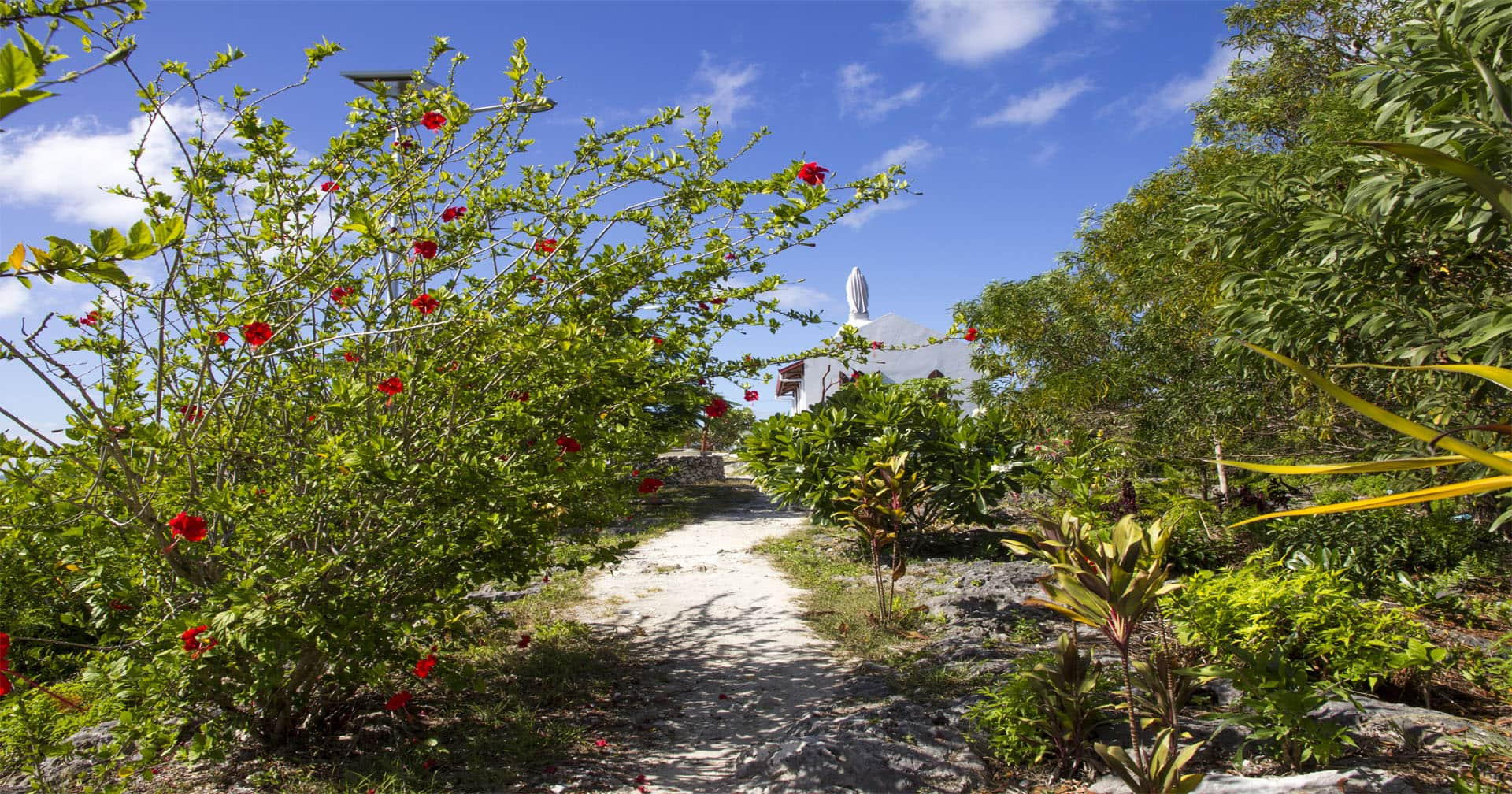
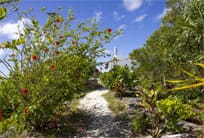
Duração: 2 h
Visit the Melanesian village of Hnathalo, where ancient customs are still practiced religiously and traditional island values are held in high esteem. Hnathalo is also the name of the tribe living there. Following a welcoming coconut drink, you will walk among the village’s thatched huts, hand-carved totems and open expanses shaded by swaying palms and towering Royal Poinciana trees. It will be like traveling back in time, as little has changed over the years because traditional Melanesian ways are still fervently practiced in Hnathalo. That is especially true in the preparation of dishes such as bougna, a concoction that you will sample after seeing how it’s cooked over red-hot stones in a cleverly designed ground oven. You will also be invited to enter the circular Chief’s Hut, one of the largest of its kind in New Caledonia, and view a church that French Catholic missionaries constructed in 1883. It is decorated with period furnishings that enhance the authenticity.
HIGHLIGHTS
• Learn about the traditional Melanesian way of life in the rural village Hnathalo.
• Sample the Melanesian dish bougna, which is cooked in banana leaves in an earthen oven.
• See the interior of the revered Chief’s Hut and a missionary-built, 19th-century church.
HELPFUL HINTS
• Dress in weather-appropriate clothing.
• Wear flat comfortable walking shoes.

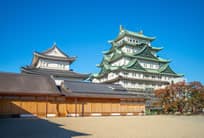
Duração: 7 h
Gain a cultural and historical understanding of Nagoya by visiting attractions that reveal how the area has changed over the centuries. Nagoya Castle Honmaru Palace lends insight into 17th-century Japan. Although destroyed by fire during World War II, the castle has been faithfully reconstructed using the original methods of construction. The golden sea creatures on the castle’s roof have become a symbol of Nagoya.
For a look into more modern Japan, you will visit the Toyota Commemorative Museum of Industry and Technology, an attraction that celebrates industrial innovations. You can expect to see exhibits on textiles, automotive breakthroughs and steam engine technology. Atsuta Shrine will present a glimpse into the Shinto religion. It is known most famously for the legendary sword that is enshrined there. The weapon is so sacred that it is never displayed, however, thousands of other artifacts are exhibited, including holy garments, utensils for deities and ancient documents.


Duração: 4 h
See southern Miyakojima Island from every angle, beginning with an aerial view from a gondola on the Shigira Lift Ocean Sky. It will be easy to get your bearings of the surrounding area as the gondola glides over the lush landscape toward the ocean that rims the southern shore. For a look at the marine life along the southern coast, you will ease into the Sea Sky Hakuai, a semi-submersible vessel with viewing windows just below the water’s surface. Visibility is usually excellent so you can expect to see everything from colorful clown fish to graceful sea turtles swimming about the reef. You will be treated to other outstanding seaside views at park-like Imugya Marine Garden and from the rocky cape Higashi Hennazaki. The latter is a lengthy finger of land that juts into the sea on the island’s southeasternmost point. A bit of free time for shopping will round out the island tour.
HIGHLIGHTS:
• Enjoy an aerial view of the southern coast from a gondola on the Shigira Lift Ocean Sky.
• Observe the teeming marine life by cruising the southern coast in a semi-submersible.
• Gaze out over the ocean from a beautiful seaside park and a long rocky cape.


Duração de 3 3/4 h
OVERVIEW
Delve deeply into Manila’s past by visiting historical landmarks and traveling at times by Jeepney, a flamboyantly colored bus-like vehicle that has become a cultural icon. Your introduction to Old Manila will begin in the 16th-century Intramuros district, where you will spend free time shopping and tour Fort Santiago, which also served as a notorious prison. Browsing the adobe stone San Agustin church and its adjacent museum will shed even more light on the past. It is the oldest church in the Philippines and its architecture has hardly changed since 1607. The barrel vault in the central nave and the trompe l’oeil paintings throughout are truly remarkable. After pausing for photos at Rizal Park – which is dedicated to national hero Dr. Jose Rizal – you will stop by the Manila Hotel, a luxurious Philippine landmark that opened in 1912. General Douglas MacArthur used the hotel as his command post during much of World War II.
HIGHLIGHTS
• Explore the oldest district in Manila, where you may shop and view an infamous fort.
• Ride in a wildly painted Jeepney, a type of vehicle so prevalent that it has become an icon.
• Browse the oldest church in the Philippines, an architectural gem built in 1607.
• See the hotel that General Douglas MacArthur used as a command post in World War II.
HELPFUL HINTS
• Dress in weather-appropriate clothing.
• Wear flat comfortable walking shoes.
*Os preços podem variar de acordo com o navio e a data da viagem. Veja os Termos & Condições
A NCL providencia excursões em terra para a conveniência os hóspedes; a NCL não atua em nome nem supervisiona as partes ou pessoas que são proprietárias, fornecem ou operam essas excursões, e elas são fornecidas por empresas independentes. A NCL não assume nenhuma responsabilidade nem garante o desempenho de nenhum desses provedores de excursões, e os hóspedes reconhecem que a NCL não será responsável por perdas ou danos resultantes de atos ou omissões desses provedores.
A participação em atividades e excursões pode envolver esforço físico e pode ser perigosa. É sua responsabilidade determinar se você é capaz de participar das atividades. A participação em qualquer atividade ou excursão é por sua conta e risco.
As fotos são apenas para fins ilustrativos, usadas para representar a experiência da excursão e podem não retratar com precisão a localização ou atividade indicada.
Nossas excursões em terra para grupos são oferecidas em inglês. Dependendo da situação da reserva, várias excursões também são oferecidas em alemão, espanhol, francês, italiano ou russo (número mínimo de 30 participantes). Os passeios oferecidos podem variar dependendo do cruzeiro. Veja a bordo as informações detalhadas da sua excursão em terra.

